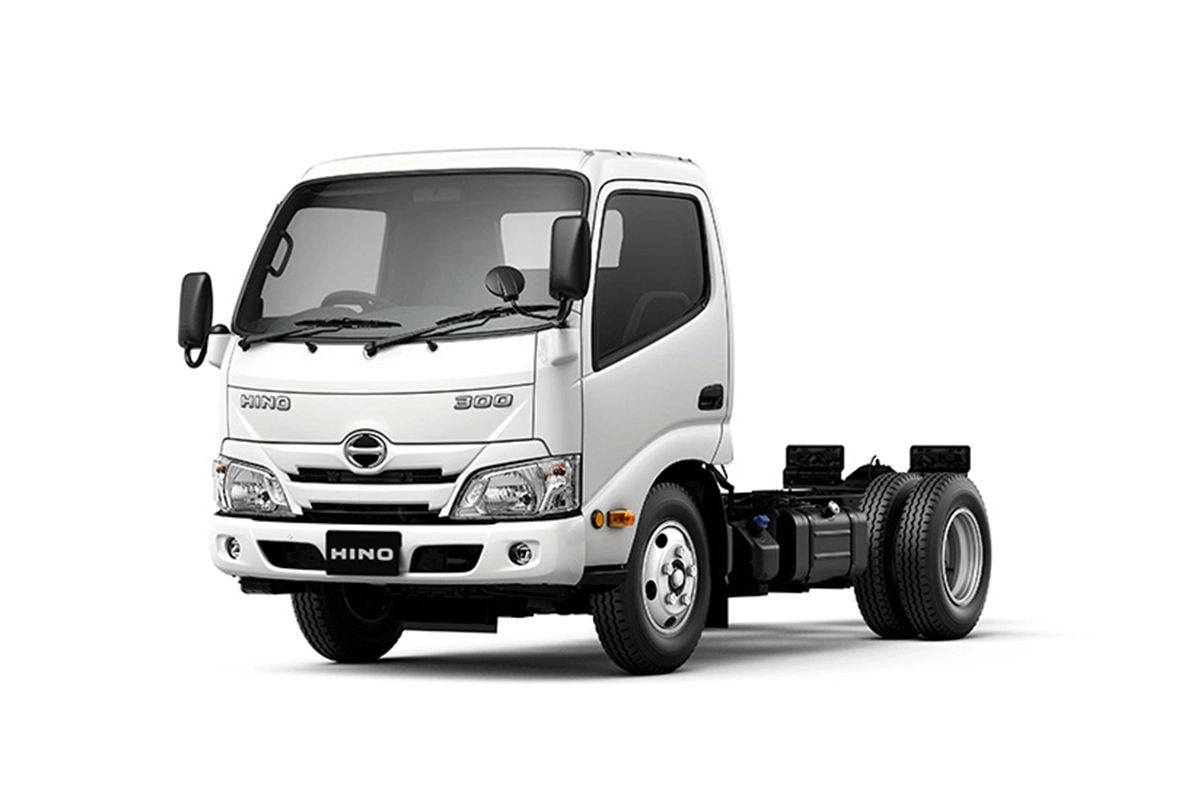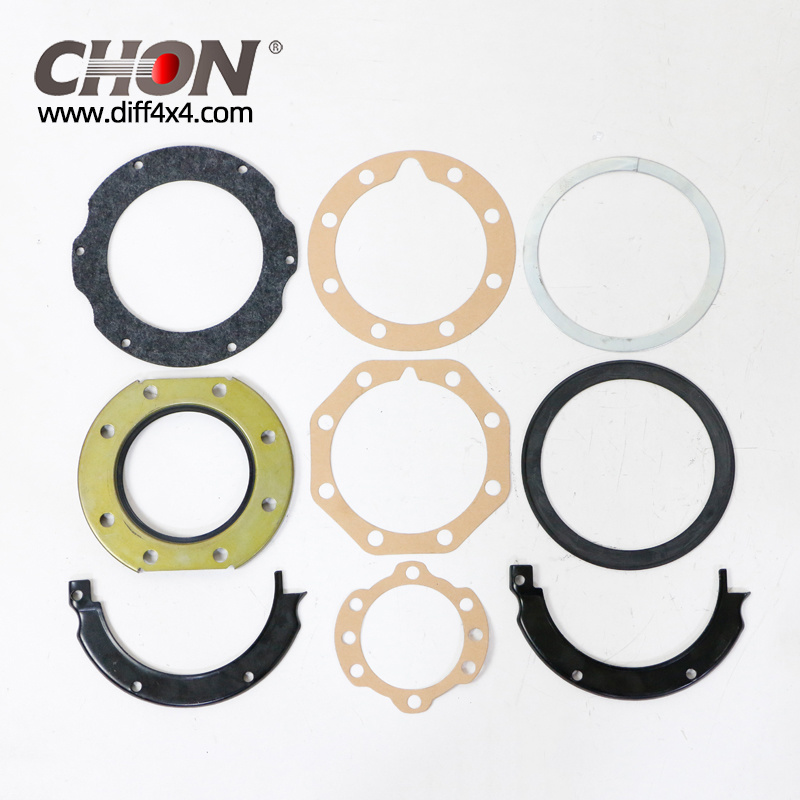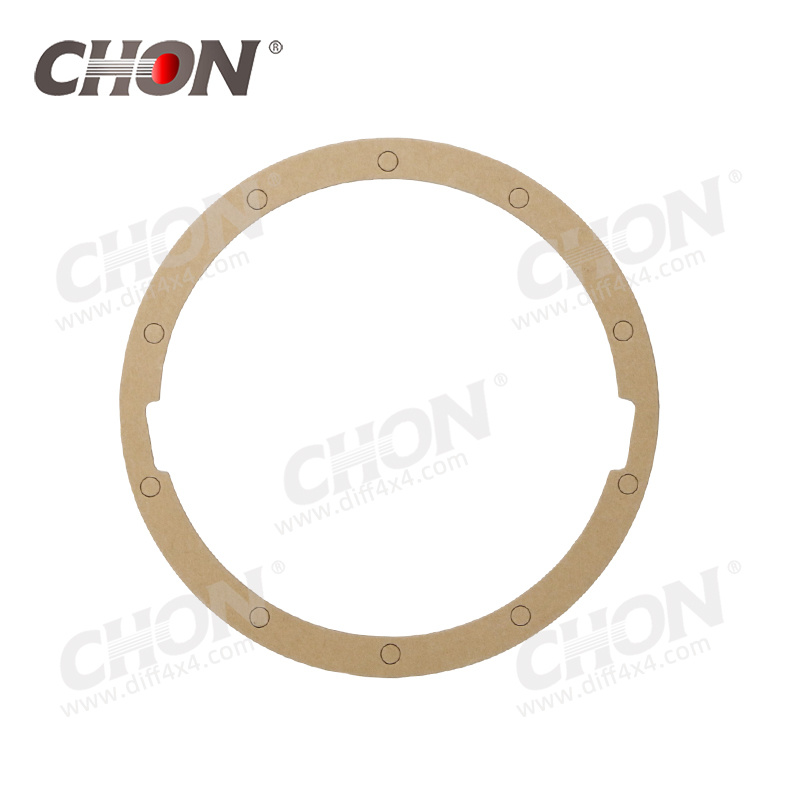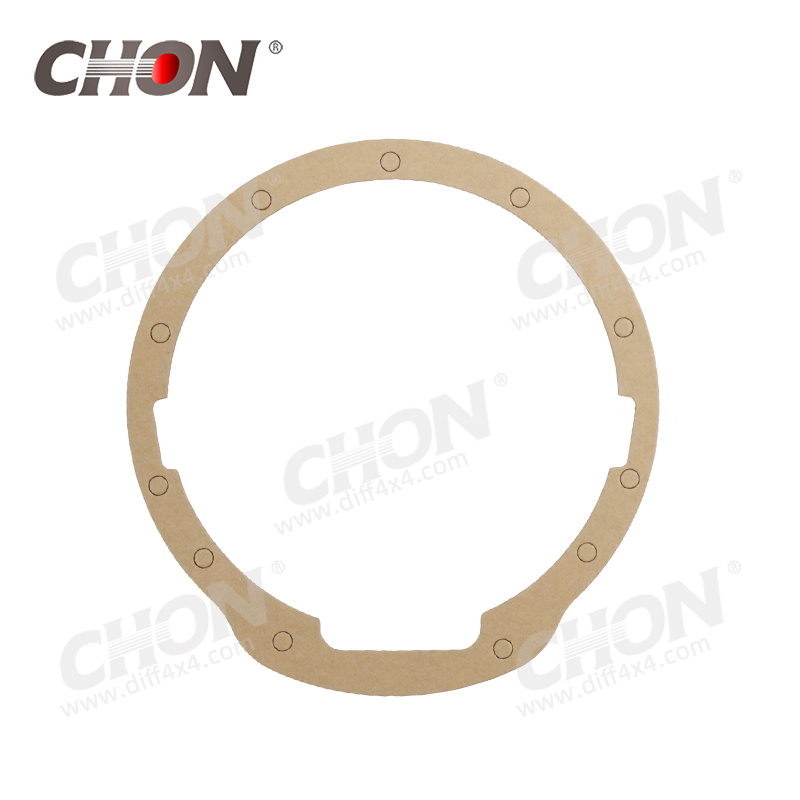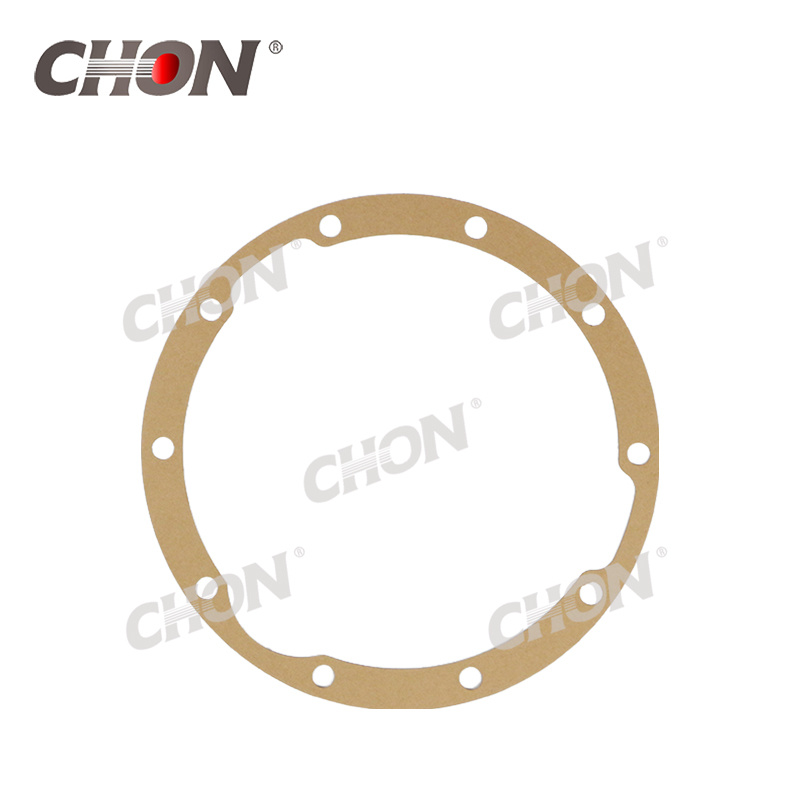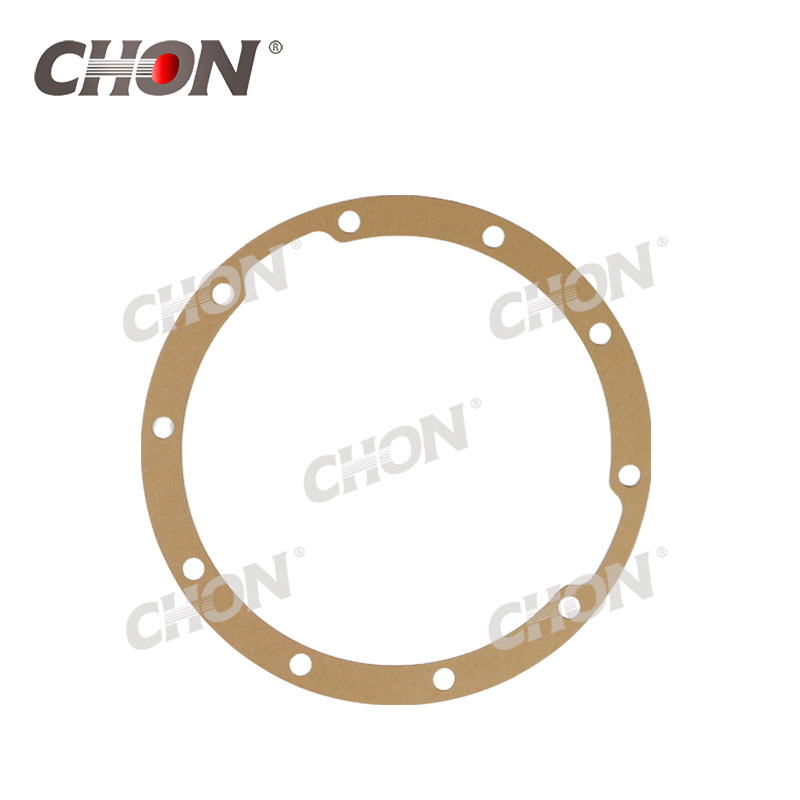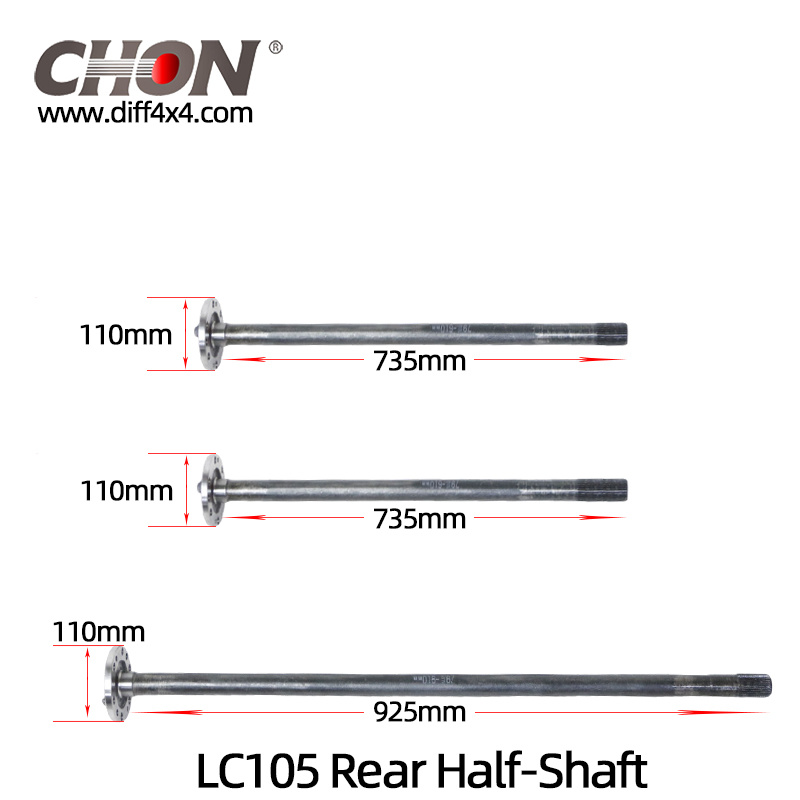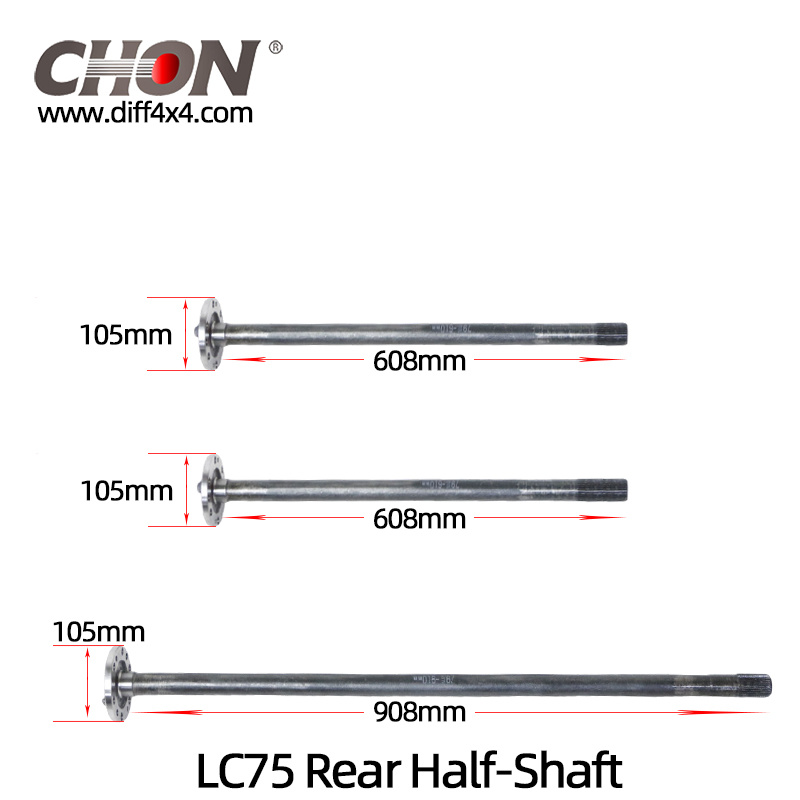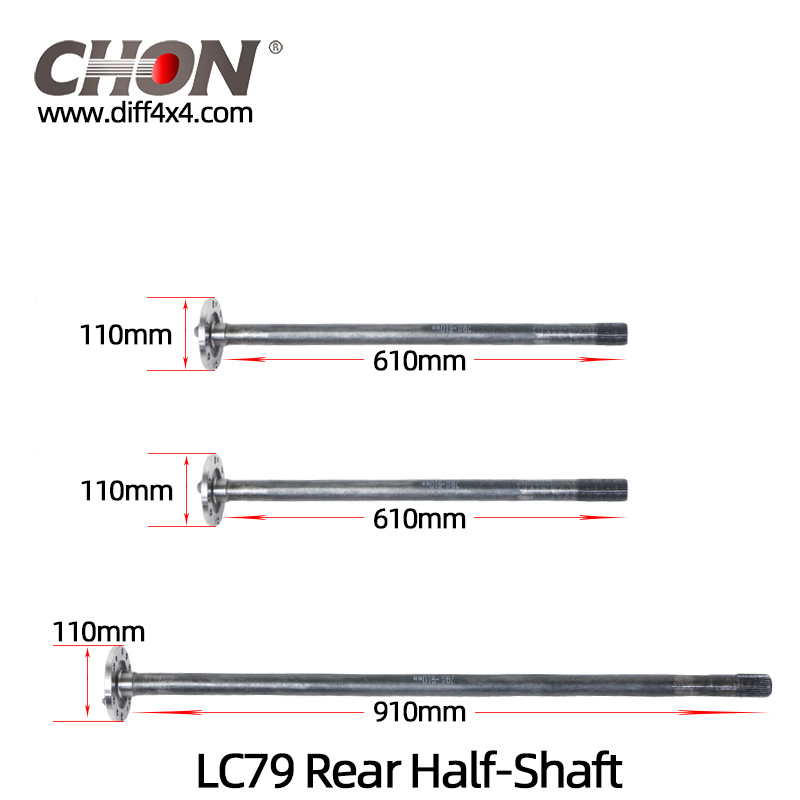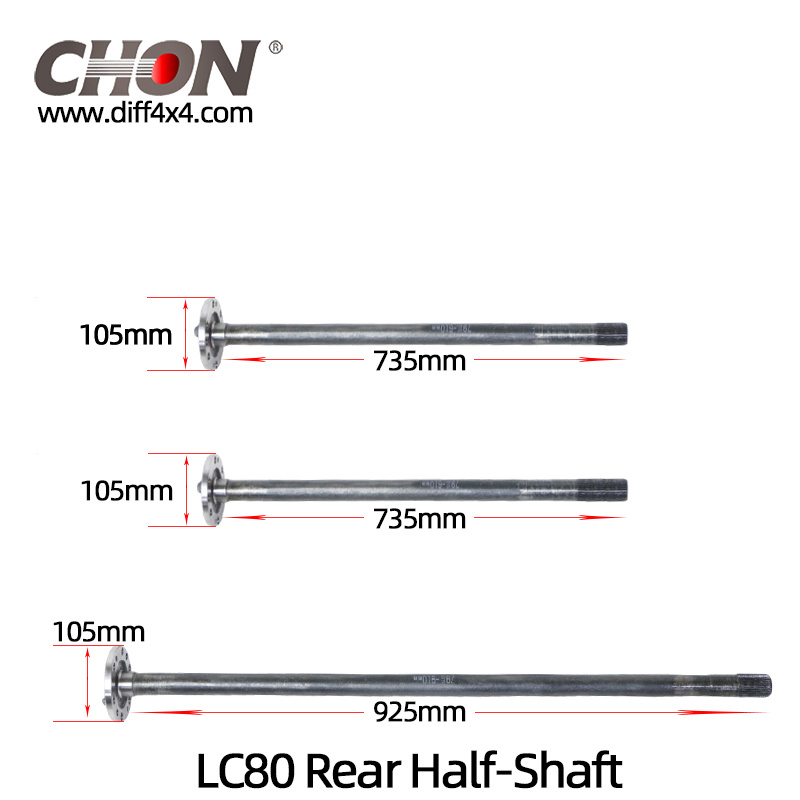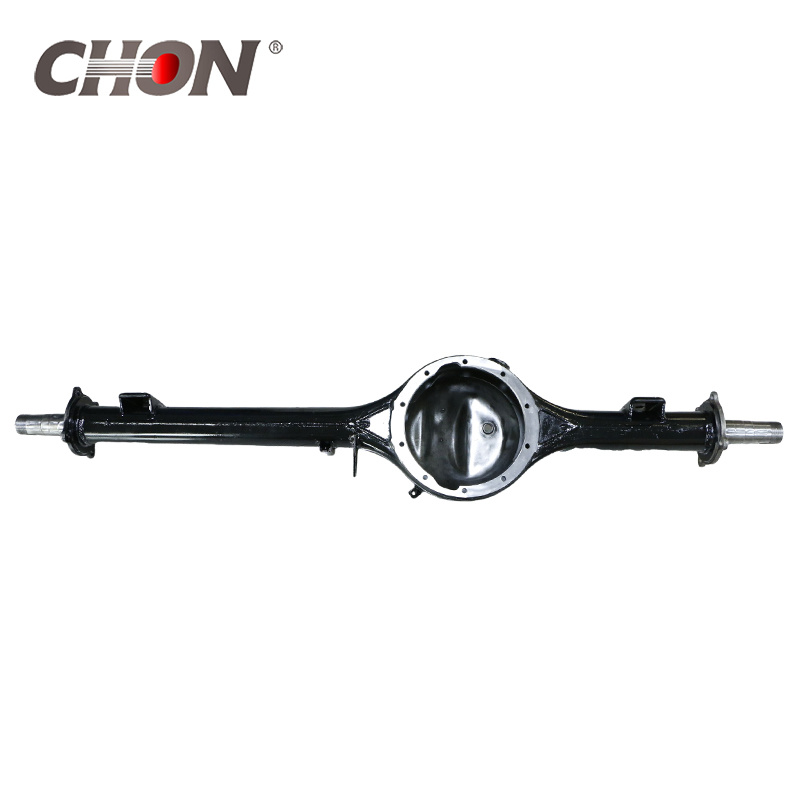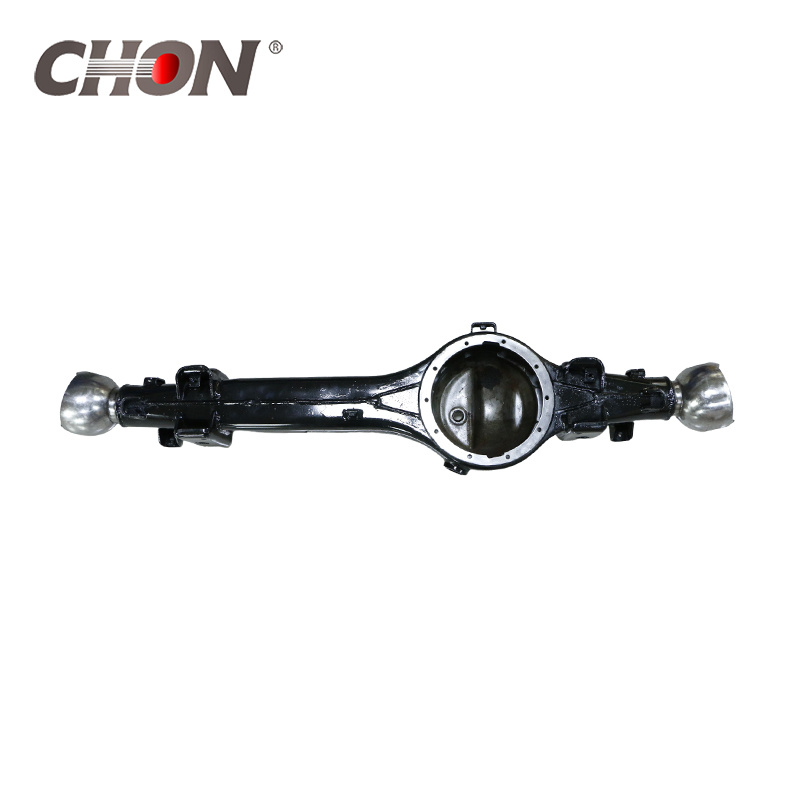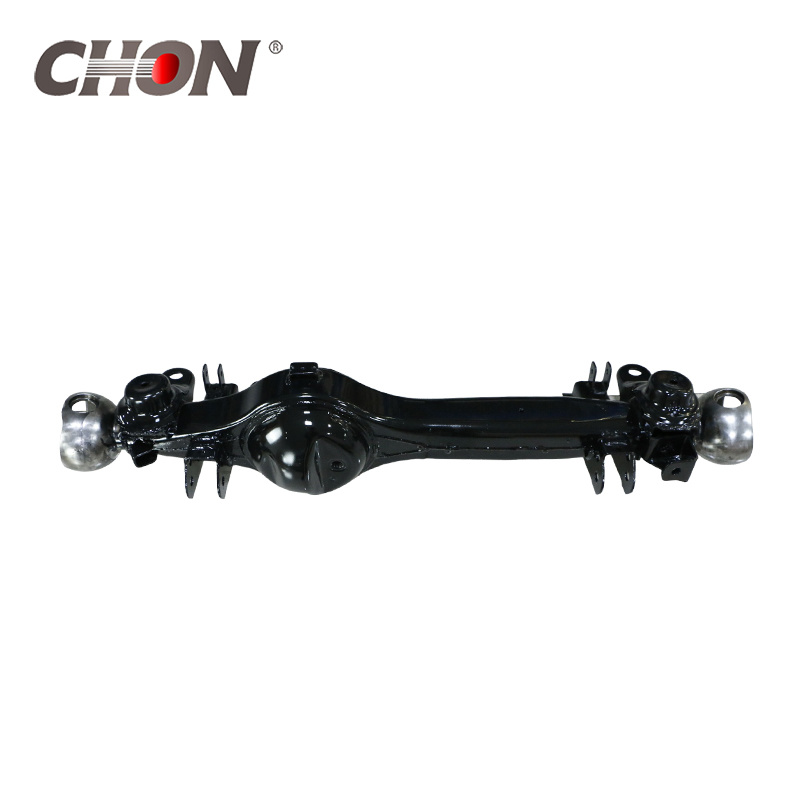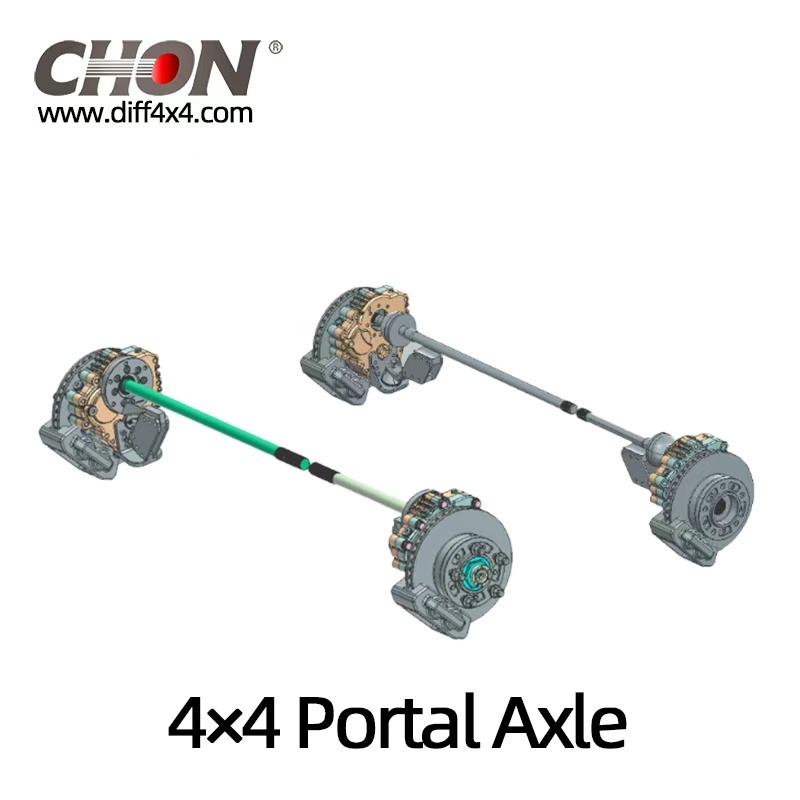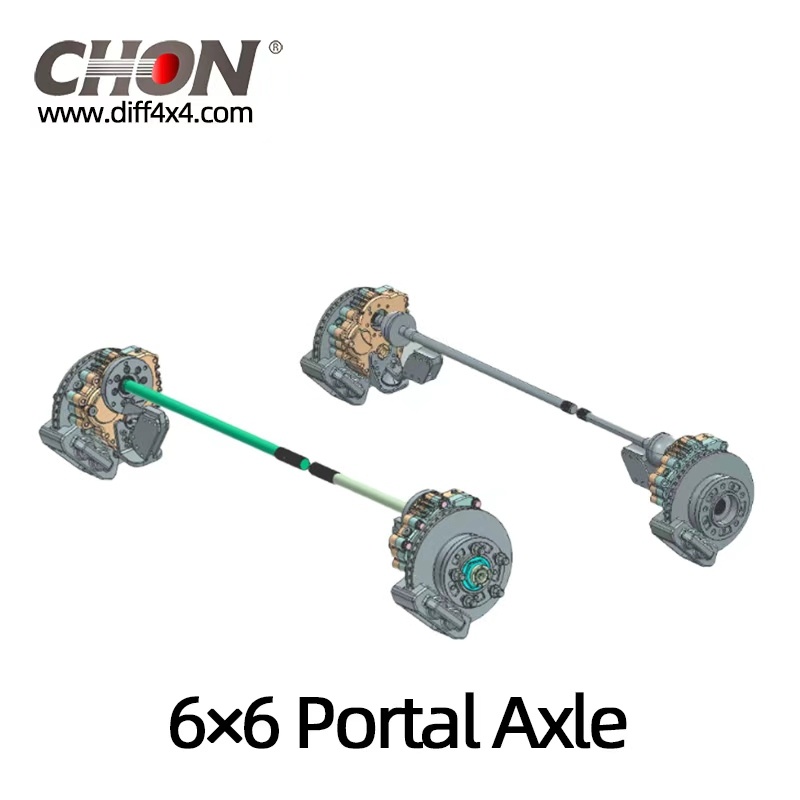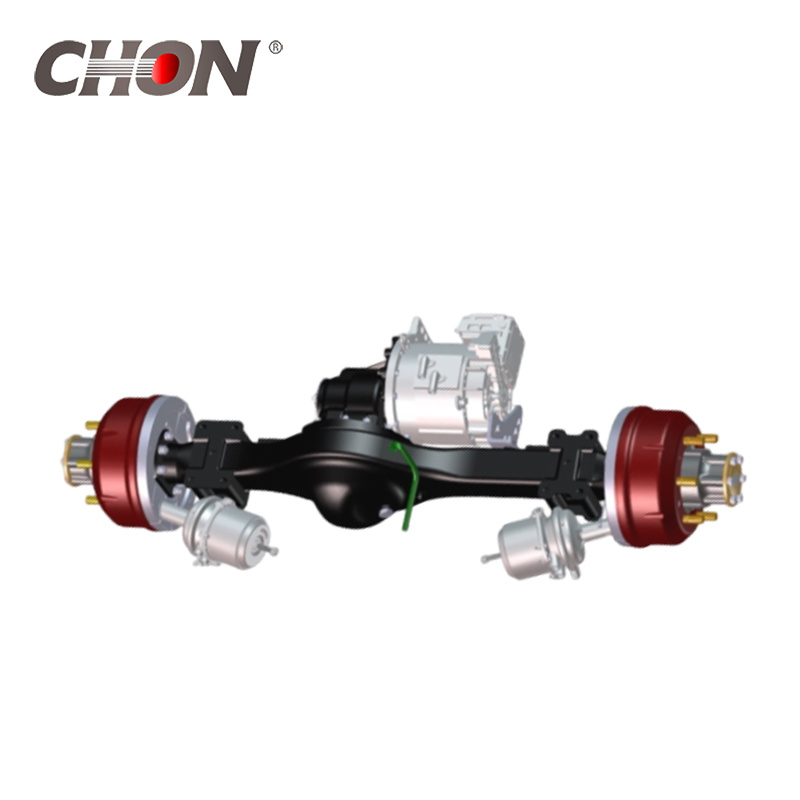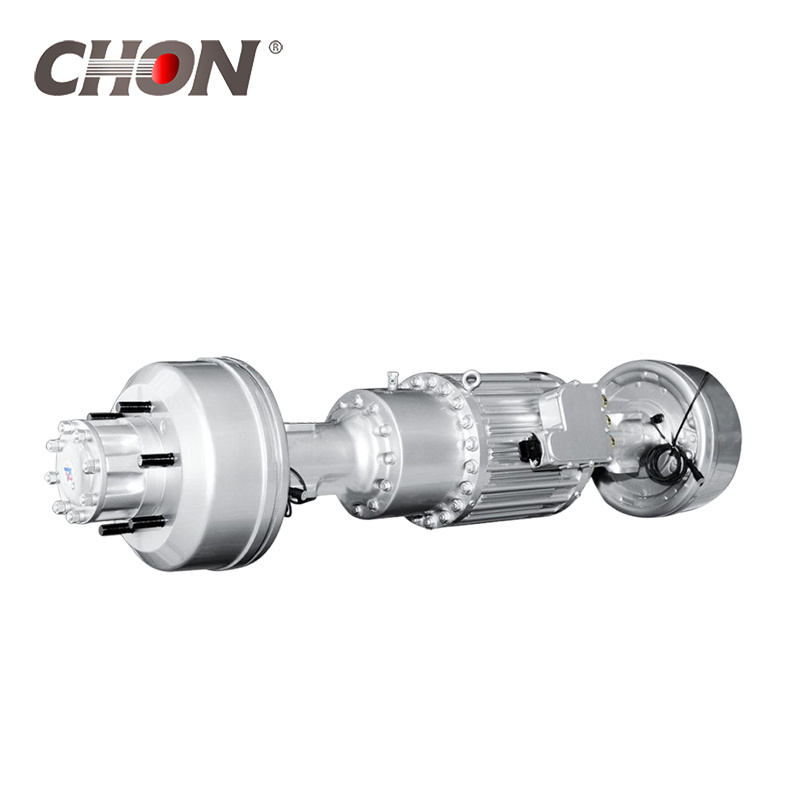-
-
Japanese
Toyota

Land Cruiser 70 73 75 77 (1984~1994)

Land Cruiser 71 76 78 79 (1999~2018)

Land Cruiser 80 (1992~1997)
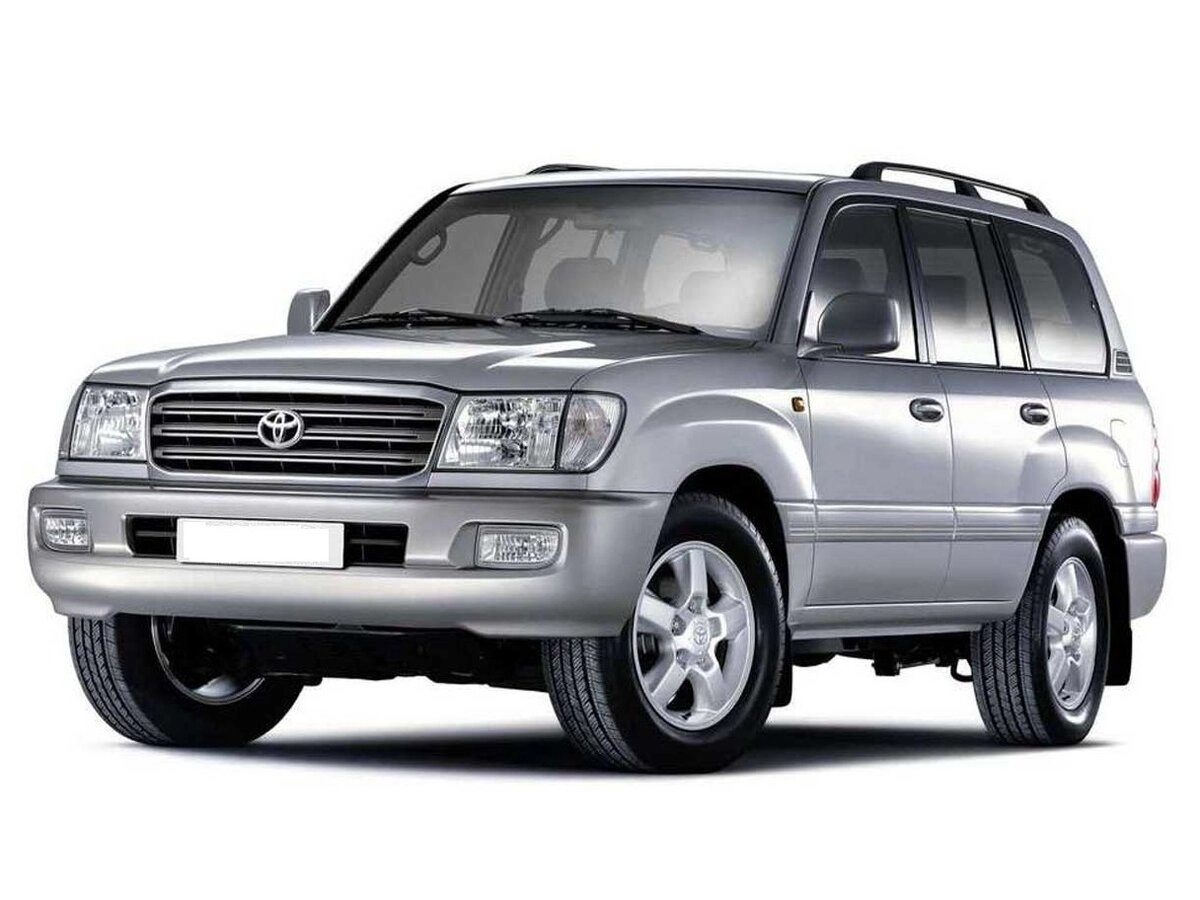
Land Cruiser 100 (1997~2007)
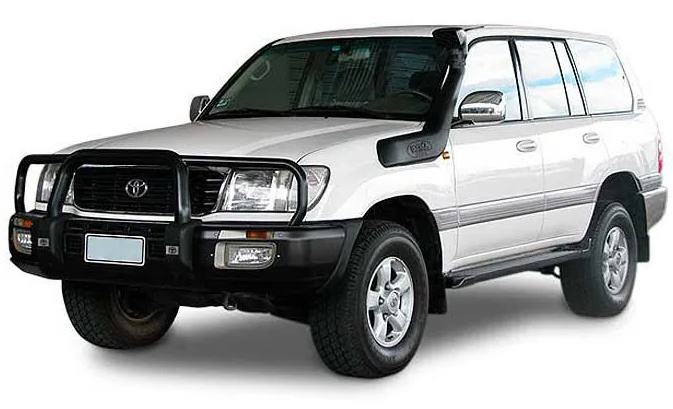
Land Cruiser 105 (1998~2002)
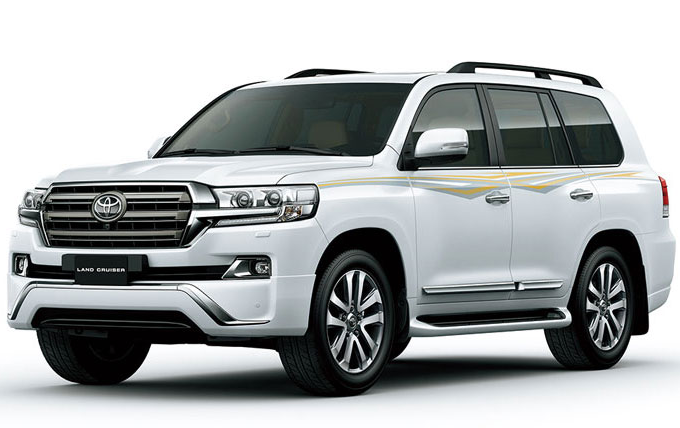
Land Cruiser 200 (2008~2021)
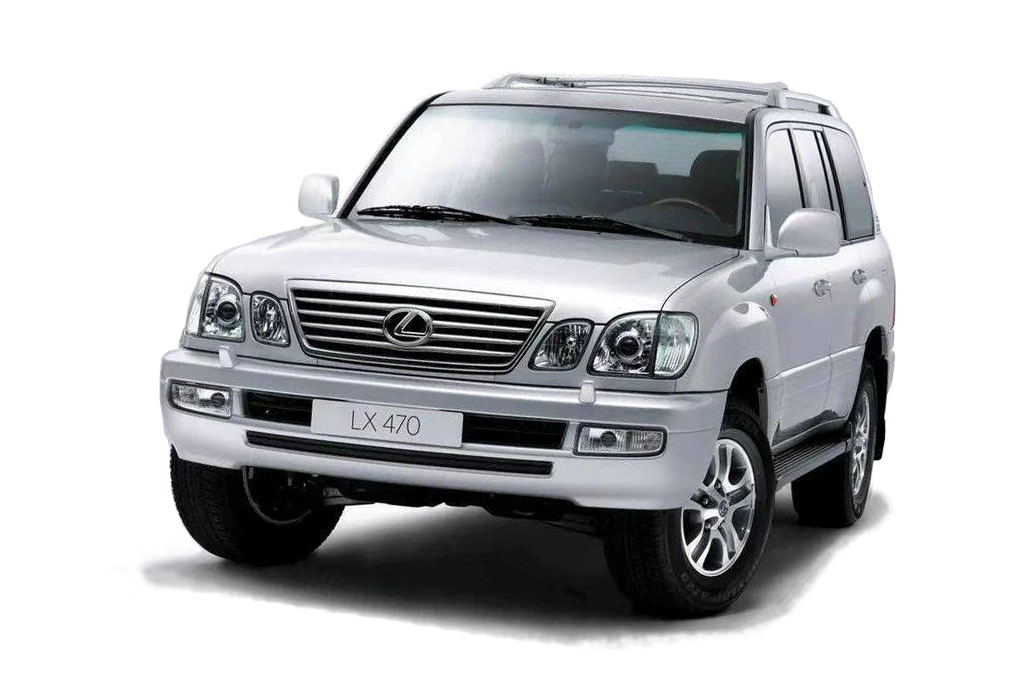
Lexus LX4700 (1998-2007)

Lexus LX4500 (1995~1998)

Lexus LX5700 (2008~2018)
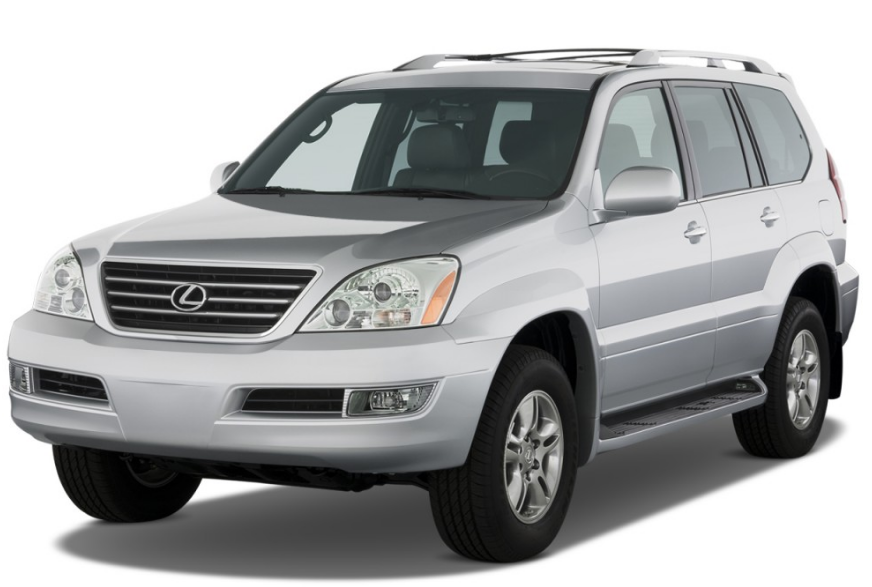
Lexus GX460 (2002~2009)
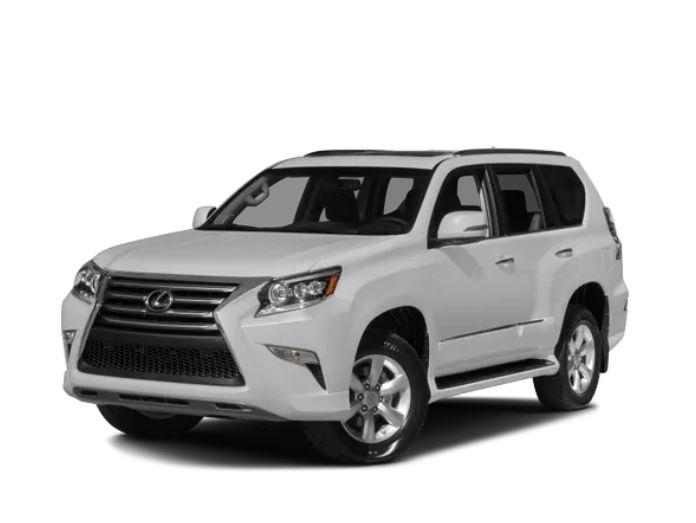
Lexus GX470 (2009~2023)
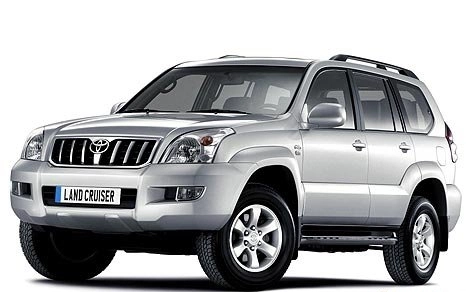
Land Cruiser Prado 120 (2002~2009)
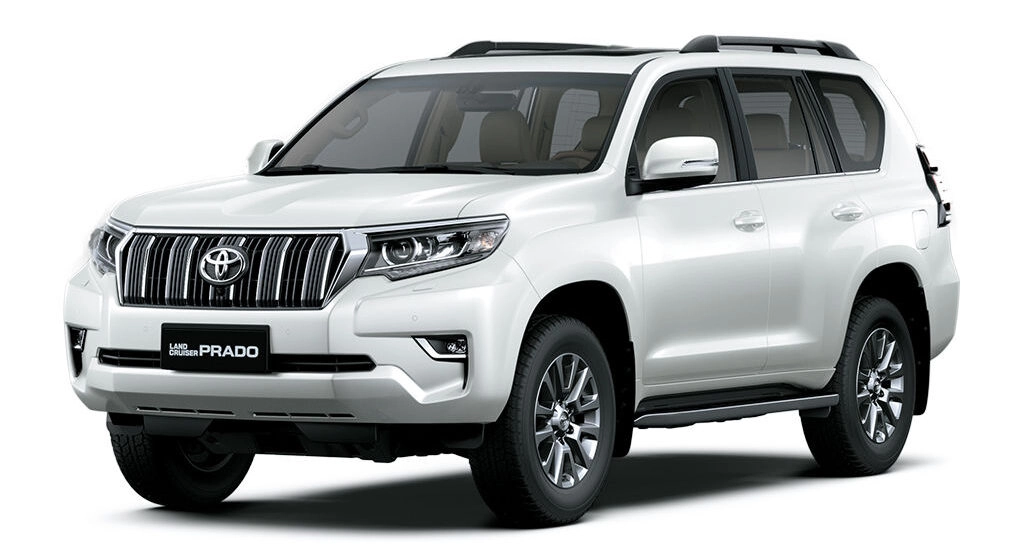
Land Cruiser Prado 150 (2009~2023)

FJ Cruiser (2003~2017)

Hilux Vigo (2005~2015)

Hilux Revo (2015~)

Hiace 200 (2004~2016)

Hiace 300 (2016~)
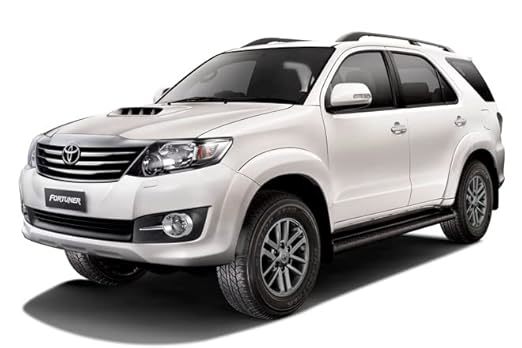
Fortuner (2004-2015)
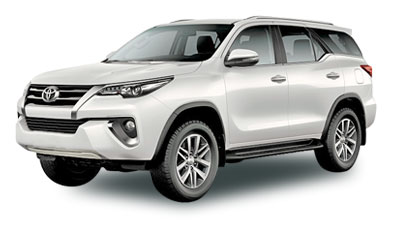
Fortuner (2015-)
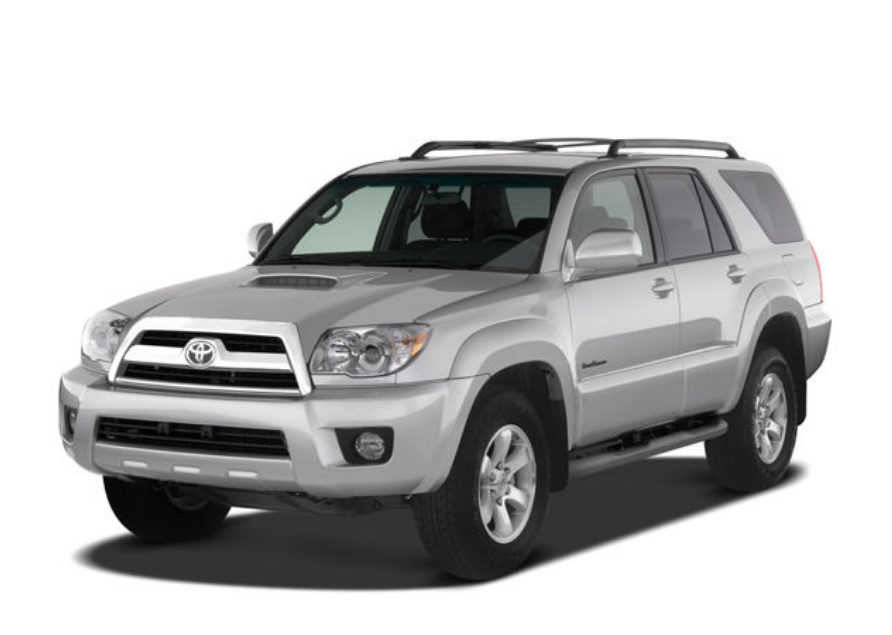
4Runner(2002-2009)

4Runner 2009-2018
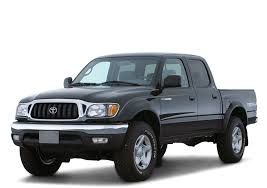
Tacoma (1995~2003)
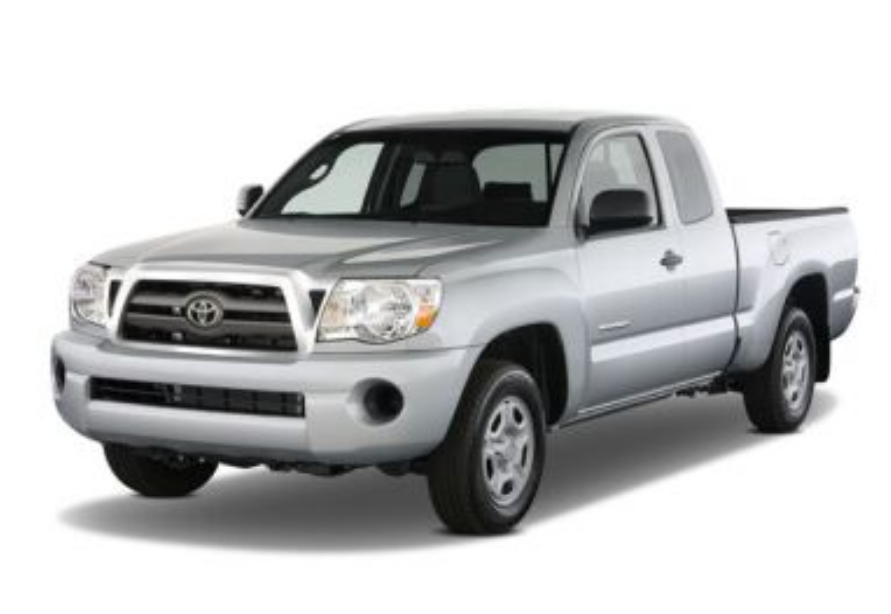
Tacoma (2004~2015)

Tacoma(2015~)

Tundra
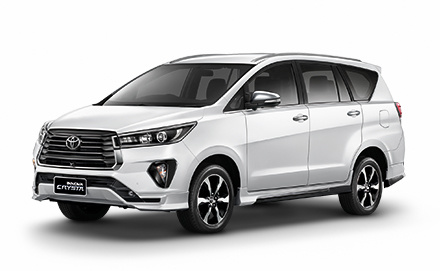
INNOVA (2004~2022)

HARRIER-ACU35 MCU35(2000-2003)

HARRIER-MCU15(1998-2003)
-
What are the essential car parts?
Jul 23,2024

When it comes to cars, there are many different components that work together to ensure the vehicle functions properly. From the engine to the brakes to the lights, each part plays a crucial role in keeping the car running smoothly and safely. In this article, we will take a closer look at some of the essential car parts and their functions.
1. Engine
The engine is often considered the heart of the car, as it is responsible for generating power and propelling the vehicle forward. It converts fuel into mechanical energy through a series of combustion processes. The engine consists of various components, including the cylinders, pistons, crankshaft, and camshaft. Without a properly functioning engine, the car would not be able to operate.
2. Transmission
The transmission is another essential car part that works in conjunction with the engine to regulate the power and torque sent to the wheels. There are two main types of transmissions: manual and automatic. Manual transmissions require the driver to shift gears manually, while automatic transmissions shift gears automatically. The transmission ensures that the car accelerates smoothly and efficiently.
3. Brakes
Brakes are crucial for ensuring the safety of both the driver and passengers. They work by converting kinetic energy into heat through friction, which slows down or stops the car. There are several components of the brake system, including brake pads, calipers, rotors, and brake fluid. Regular maintenance and inspections are necessary to ensure that the brakes are functioning properly.
4. Suspension
The suspension system is responsible for providing a smooth and comfortable ride by absorbing shocks and vibrations from the road surface. It consists of various components, such as springs, shock absorbers, struts, and control arms. The suspension also helps maintain traction and stability while driving. Properly functioning suspension is essential for a comfortable and safe driving experience.
5. Electrical System
The electrical system in a car is responsible for powering various components, such as lights, radio, air conditioning, and power windows. It consists of the battery, alternator, starter, and wiring. The battery provides electrical energy to start the engine and power the vehicle's electrical systems when the engine is not running. The alternator generates electricity while the engine is running and charges the battery. Regular maintenance of the electrical system is essential to prevent issues with starting the car or operating electronic components.
6. Lights
Lights are important for visibility and safety, especially during low-light conditions or inclement weather. The car's lighting system includes headlights, taillights, brake lights, turn signals, and hazard lights. Properly functioning lights are essential for signaling other drivers, pedestrians, and cyclists on the road. Regularly checking and replacing bulbs as needed is important for maintaining visibility and complying with traffic laws.
7. Tires
Tires are the only contact point between the car and the road, making them crucial for traction, handling, and braking. Proper tire maintenance, including checking tire pressure, tread depth, and alignment, is essential for safe driving. Tires that are worn out or improperly inflated can increase the risk of accidents and decrease fuel efficiency. It is important to regularly inspect and replace tires to ensure optimal performance and safety.
In conclusion, cars are complex machines composed of various essential parts that work together to provide power, control, safety, and comfort. From the engine to the brakes to the lights, each component plays a crucial role in the overall functionality of the vehicle. Regular maintenance and inspections are necessary to ensure that these essential car parts are in good working condition. By understanding the functions of these parts and taking proper care of them, drivers can enjoy a safe and smooth driving experience.
PREVIOUS:
NEXT:
ENQUIRY NOW
COOKIES
Our website uses cookies and similar technologies to personalize the advertising shown to you and to help you get the best experience on our website. For more information, see our Privacy & Cookie Policy
COOKIES
Our website uses cookies and similar technologies to personalize the advertising shown to you and to help you get the best experience on our website. For more information, see our Privacy & Cookie Policy
These cookies are necessary for basic functions such as payment. Standard cookies cannot be turned off and do not store any of your information.
These cookies collect information, such as how many people are using our site or which pages are popular, to help us improve the customer experience. Turning these cookies off will mean we can't collect information to improve your experience.
These cookies enable the website to provide enhanced functionality and personalization. They may be set by us or by third-party providers whose services we have added to our pages. If you do not allow these cookies, some or all of these services may not function properly.
These cookies help us understand what you are interested in so that we can show you relevant advertising on other websites. Turning these cookies off will mean we are unable to show you any personalized advertising.

Leave Your Message











